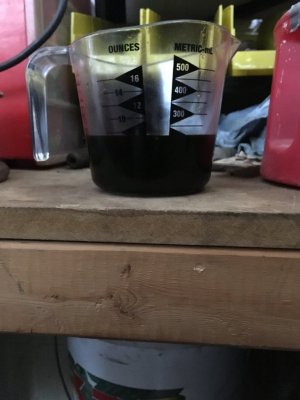You know this reminds me of my Yamahas I drove through the late 60's, and 70's. 2 stroke engines for those here that don't know we're what you rode if you wanted something light and small, and fast. Problem with all 2 stroke engines is they work off an oil/gas mixture to run and lubricate the bottom end crank bearings, as well as the whole top end. They use no valves, just fuel in, exaust out, hence the 2 cycle, or 2 stroke moniker. Problem with such a supercharged system is carbon buildup. Exaust silencers, we called them baffles, had to be yanked out and decarboned every 5,000 miles. The cylinder/cylinders had to do the same at usually 10,000. Less if it was a high performance racer. That meant pulling head, decarboned, scraping out buildup on piston top, exaust port, and cylinder head cumbustion chamber. If their was scoring on cylinder wall, then you had to overbore, new piston and rings. It was just what you did. Engines rarely went more than 20,000 in those days, most around 10,000. Worked out of my garage then, and let me tell you my work bench or garage floor was never empty.
Sent from my N9131 using Tapatalk


